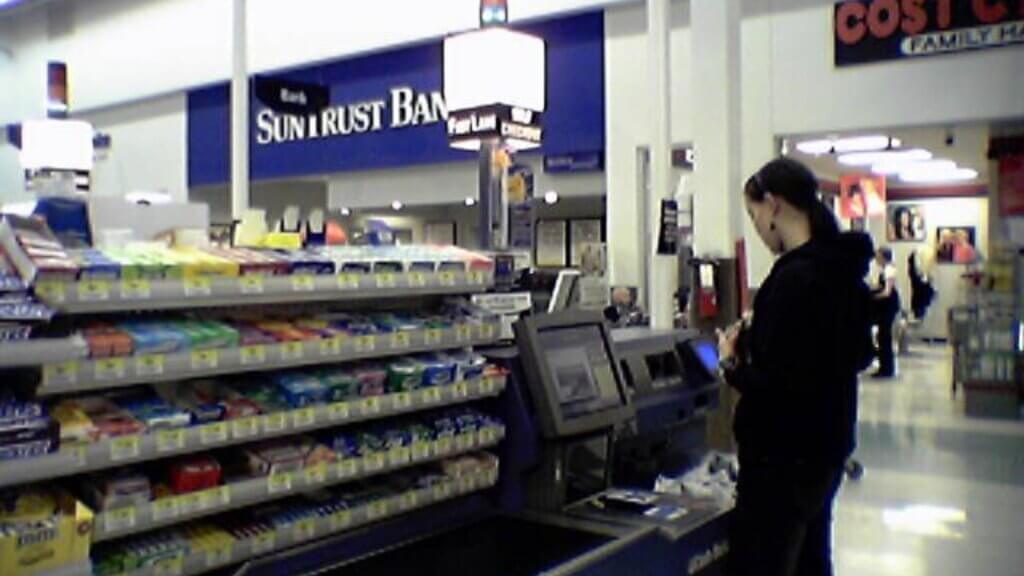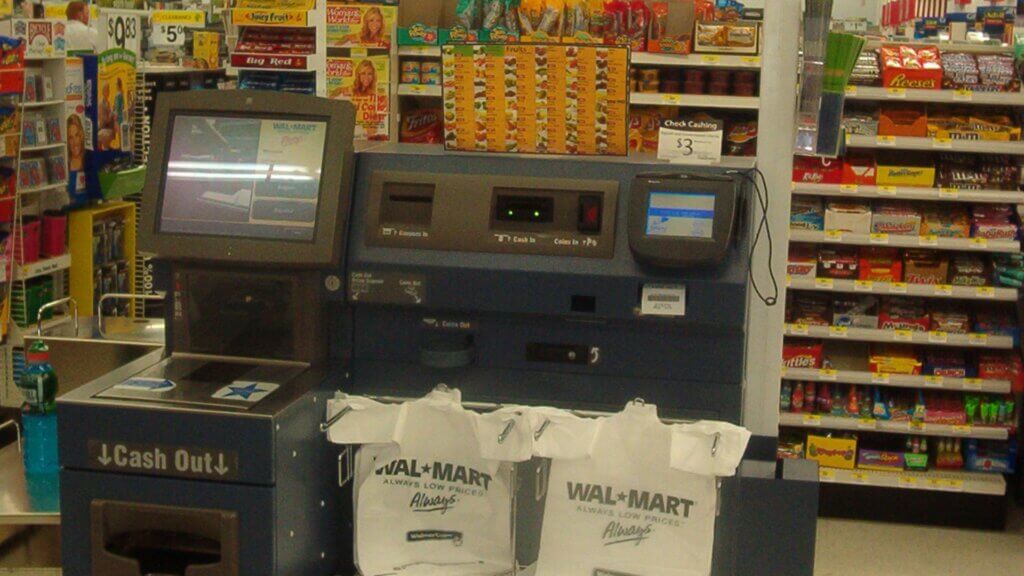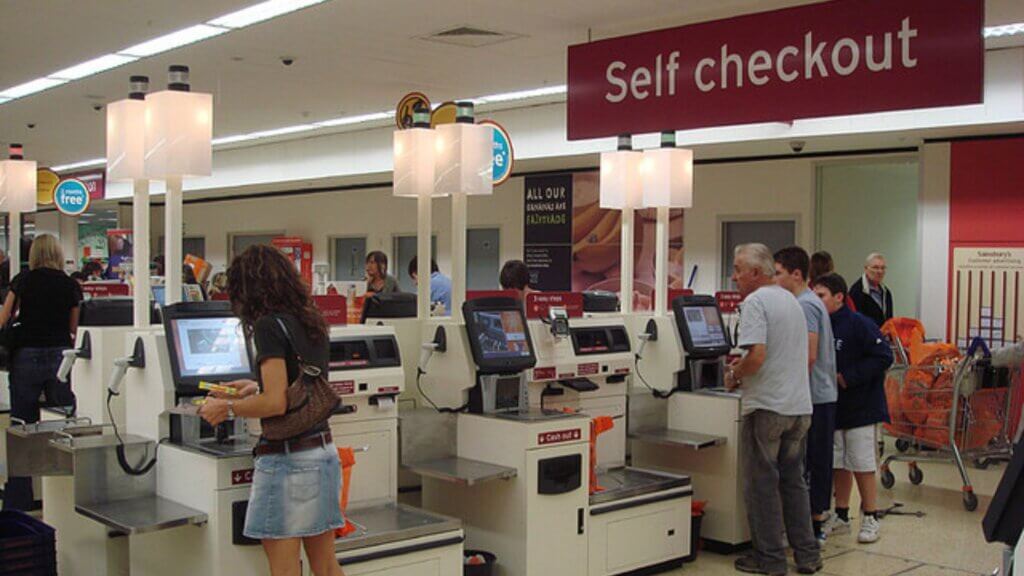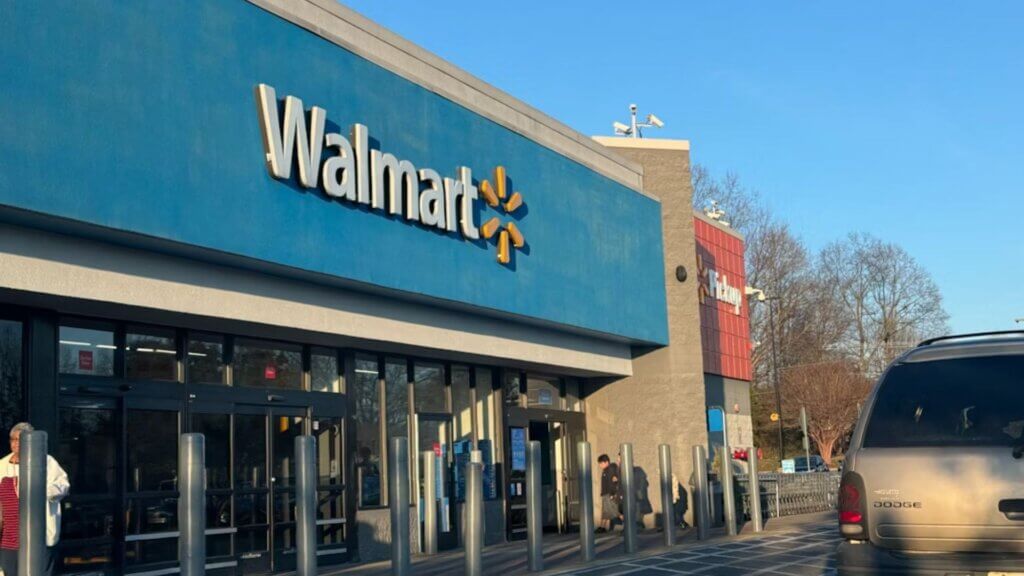Products are selected by our editors, we may earn commission from links on this page.

Something strange is happening at Walmart checkout lanes nationwide. Customers are arriving to find their usual self-service options blocked off, transformed overnight, or suddenly off-limits to anyone without a paid membership. The decision has startled shoppers and analysts alike. But this represents more than a minor policy adjustment. Walmart’s decision to pull back from self-checkout is shaking up the entire retail industry and forcing other major chains to reconsider their own automated checkout systems.
Complete Removal Hits Stores Nationwide

Walmart removed all self-checkout machines from stores in Shrewsbury, Missouri, and Cleveland, Ohio, completing the process within two weeks in spring 2024. Similar changes happened at three New Mexico locations the year before. The company said these decisions were based on feedback from workers and customers at each location. Employees who previously monitored self-checkout were moved to regular cashier lanes. Many shoppers were caught off guard, arriving to find the self-checkout area completely gone overnight.
Members-Only Policy Divides Shoppers

In February 2024, stores began posting signs reading “This self-checkout is for Spark shoppers and Walmart+ Scan & Go only,” effective February 23, 2024. Some stores now reserve more than half their self-checkout lanes for paying members only. Walmart spokesperson Kelsey Bohl said stores adjust their checkout options throughout the day, with some designating select self-checkout lanes for Walmart+ customers during busy times. Store employees now stand guard at these restricted lanes, turning away regular customers.
Theft Reaches Crisis Levels

Self-checkout terminals account for roughly fifty percent of all losses at Walmart. The company’s theft losses climbed from three billion dollars in 2021 to six billion in 2022, then six and a half billion in 2023. Studies show thirty-one million Americans have stolen from self-checkout kiosks. Nearly seventy percent of shoppers say stealing is easier at self-checkout than with cashiers. Stores experience shrink rates of 3.5% at self-checkout, over 16 times higher than traditional cashier lanes. CEO Doug McMillon warned he’ll close stores if theft doesn’t decrease.
Technical Problems Create Shopping Headaches

A major system failure in March 2024 hit sixteen hundred Walmart stores, causing items to ring up at wrong prices. Shoppers complained when self-checkout machines shut down without warning, forcing everyone into fewer open cashier lanes. The machines frequently freeze, fail to scan barcodes, or crash during payment processing. When problems occur, customers still need an employee’s help anyway. Thieves have also placed card skimming devices on self-checkout registers, stealing customer payment information and creating new security risks.
Other Retailers Make Similar Moves

Target, Dollar General, and Five Below are all scaling back their self-checkout services. Dollar General is removing self-checkout completely from three hundred stores and changing how nine thousand other stores use the technology. Target now limits self-checkout to 10 items or less and lets store managers decide how many self-checkout lanes to open. Five Below found that stores with more self-checkout had higher theft rates. The fact that multiple major chains are pulling back shows this is an industry-wide problem.
Staffing Challenges Add Complications

Retail stores are struggling to find enough workers to staff traditional checkout lanes. More than thirty million retail workers quit their jobs between January and August 2023. While job openings have dropped from twelve point two million in March 2022 to eleven million, many positions remain unfilled. Stores need to hire and train enough cashiers before removing self-checkout, or customers will face even longer wait times. Getting the timing right is critical. Removing machines too quickly without adequate staff could make the shopping experience worse instead of better.
Billions Lost to Checkout Theft

Self-checkout theft costs major retailers over $100 billion each year. That number is expected to climb to one hundred forty billion by 2025, up from one hundred twelve billion in 2022. Half of Walmart’s theft losses come specifically from self-checkout. Beyond stolen merchandise, stores must pay for security cameras, loss prevention staff, equipment repairs, and fixing technical problems. When retailers add up all these costs, the money supposedly saved on cashier wages largely disappears. Many executives now question whether self-checkout ever saved them money.
Next-Generation Technology Being Tested

Walmart is rolling out new systems that blend AI, invisible barcode technology, and membership-based lanes to make checkout smoother. The company is testing AI cameras that watch checkout behavior, invisible barcodes that scan from any angle, and RFID tags that detect unscanned items. Walmart added bright yellow protective rims around PIN pads to prevent card skimming. Smart shopping carts with built-in sensors and AI are also being tested. These advanced systems aim to keep convenience while stopping theft and technical failures.
A Major Turning Point for Retail

Walmart’s policy reversal signals a fundamental shift in how retail stores approach checkout. The company is backing away from technology that was supposed to be the future of shopping. The problems—theft, technical failures, and customer frustration—became too serious to ignore. In 2025, Walmart believes combining technology with human employees works better than fully automated machines. Other major retailers are following this lead. The industry is moving away from the self-service model toward a hybrid approach that uses smarter technology alongside trained staff.
